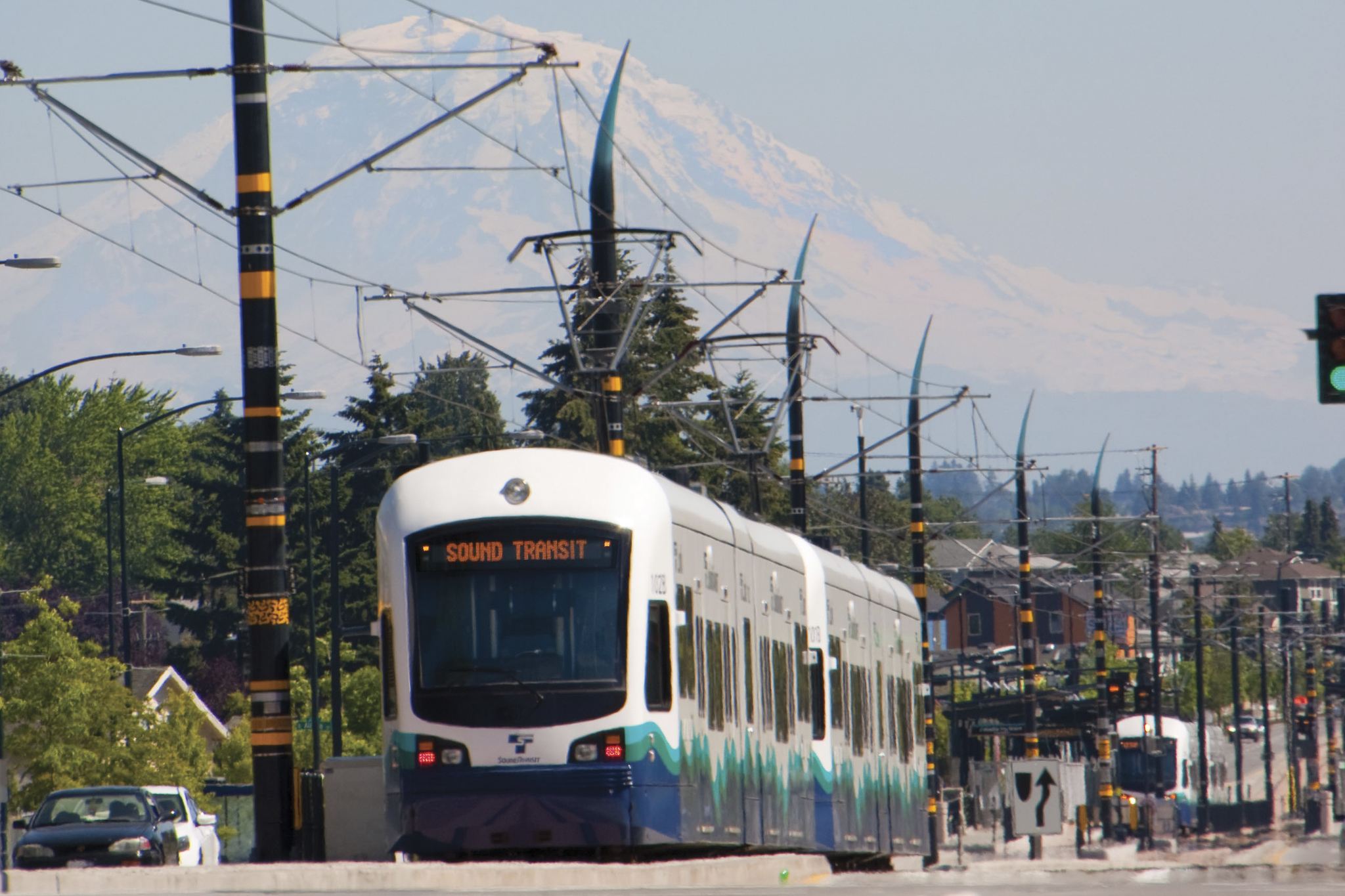IT WAS 1999’S answer to “Dewey Beats Truman,” a reassuring headline atop The Seattle Times’ March 2 front page: “Dead Ahead: A Burial at Sea.” The photo below showed the sun breaking gloriously over the storm-hammered Oregon coast and the listing hulk of most of the New Carissa, the freighter that crashed leakily onto the shore 26 days earlier, getting towed off “to be buried deep at sea more than 200 miles away.” RIP, Carissa baby. Good riddance, at last.
But just as readers were unfolding their afternoon paper, the New Carissa changed course again. Around 5:06pm, some 50 miles out on a roiling sea, a huge tow cable snapped, and the wreck floated free. Not to worry, said the authorities: The hulk was so far out it would sink, more or less safely, to the deep-sea bottom and not threaten vulnerable in-shore ecosystems. Guess again. A day later, it had drifted northeast and beached itself like a threatening corsair off the town of Waldport. Tar balls peppered the coast as far as Long Beach, Washington.
The New Carissa‘s saga mirrors a much longer and less conspicuous, but equally frustrating, struggle over just what kind of protection to deploy against shipwrecks and spills in Washington waters. It’s a battle waged amidst political as well as marine storms, with enough twists and turns to give the most nimble pilot whiplash. And it all seems to be coming to a head in this season of raging winds and waves: Federal officials will finally station a long-sought rescue tug out on the Strait of Juan de Fuca, and a bill to mandate protective escort tugs is moving through the state Senate. But don’t count the battle over too soon. One of these measures is only temporary, and the other uncertain. The effectiveness of both is still under fierce attack by a maritime industry dedicated to a third, cheaper anti-spill approach, using tugs that are already working in the field. And the Carisscapade spectacle, on top of an alarming series of near-disasters in regional waters, has inflamed the debate and given ammunition to both sides.
THE SWITCHBACKS AND recriminations began after the US Oil Spill Protection Act of 1990, passed in the wake of the Exxon Valdez spill, ordered dedicated rescue tugs and tanker tug escorts in Alaska’s Prince William Sound, tanker escorts in Washington’s waterways east of Port Angeles—and nothing in the Strait of Juan de Fuca west of Port Angeles, where 6,000 vessels pass each year. Environmentalists, joined by various politicians and local governments, began agitating almost immediately for tug escorts and/or a powerful rescue tug at Neah Bay, at the strait’s west end. But the maritime industry offered instead an innovative and untested “International Tug of Opportunity System” (ITOS), a shipboard communications network that helps the Coast Guard locate the nearest working tugs in an emergency. Good enough, said the Coast Guard, and declined to require any other interim measures while it conducts an extended study of risks on the strait.
Meanwhile, the state Department of Ecology urged the oil and cargo shippers to chip in toward deploying an interim rescue tug at Neah Bay. Last fall, no lesser dignitaries than Vice President Al Gore and US Transportation Secretary Rodney Slater gave assurances this would be done “before the rough seas of winter drive the risk factors up again.”
But the cargo shippers were loathe to pay; they fear that “interim” measures could become permanent and that the 50 percent contribution the state promises to make would eventually evaporate, sticking them with the tab. They claim (and the Seattle Post-Intelligencer‘s Bruce Ramsey reiterated, in a February 24 business column) that the rescue tug would cost them a whopping $2,000 per ship passage. But that would be the cost for all parties involved, and only if a maximum-capacity tug were stationed year-round, which it wouldn’t be. By stationing a slightly smaller tug during, say, the four stormiest months, the state figures it would cost just $600 per transit—only $150 of which would be paid by the cargo shippers, and $150 by the oil companies.
Both now pay $75 a trip for ITOS, a figure expected to rise to $200 as location-signaling transponders are installed on more boats.
The shippers’ lobbyist, Randy Ray, hints darkly that if they’re forced to pay for a rescue tug too, they just might scuttle ITOS, even though they claim ITOS is more effective.
The P-I‘s Ramsey also noted that a rescue tug would be cheaper “if the Canadians [who also use the strait] shared the cost,” but the Canadians “don’t think they need it.” Not exactly. British Columbia shippers don’t want to pay for a tug any more than US companies do. But Stafford Reid, the BC Environment Department’s emergency planner for oil spills, says that in 1990 the province determined that dedicated rescue tugs would be cost-effective. However, the national government, which would implement any such measures, “just ignored” this finding. The same impasse prevailed above the border as below.
THIS YEAR, Washington’s senior congressional representative, Democrat Norm Dicks, moved to break the US impasse and (belatedly) fulfill Gore’s promise—sort of. Dicks secured a federally funded rescue tug for the strait—but only as a two-month “trial.” And even this trial starts in March, when the weather calms down—after a grueling winter of rougher seas and even more near-disasters than environmental Cassandras foretold.
The New Carissa‘s beaching followed on at least three other alarming incidents this winter in which ships broke down off the Washington and BC coasts. And one day after the Carissa‘s beaching, the 900-foot APL Japan lost power off Port Angeles and was narrowly saved from running aground. The shipping interests (and Ramsey) proclaimed this a triumph for ITOS. But Capt. Scott Davis, the Coast Guard’s local Marine Safety Response commander, says the tug that saved the APL Japan wasn’t even in the ITOS network; the Coast Guard located it on its own. “It neither proved nor disproved the viability of ITOS,” says Davis.
ITOS did help locate the working tugs that rescued two drifting freighters off Vancouver Island on February 11 and 12. But the rescues themselves were near-disasters. One tug took five hours to attach a cable to its freighter; the other’s cable snapped after an hour. Rescue-tug advocates argue that a permanent, high-power rescue tug with a specially trained crew could avoid such dangerous fumbling. The problem, notes shippers’ rep Ray, is that such a tug can only be in one place at a time: What use is a tug at Neah Bay if the trouble is off in Coos Bay?
More use than you might think. When the New Carissa got in trouble, no tugs were near; those at Astoria couldn’t cross the Columbia River sandbar in the storms. A Neah Bay tug could have gotten down to the New Carissa in two days—not soon enough to save her from grounding, but before she broke up and began leaking. Whether that tug might have been able to tow the whole ship out, and avert this latest oily mishap, is a matter of painful speculation.
On-shore spills, too
When it spills, it pours. This week also brings the 10th anniversary of the record Exxon Valdez spill, with all the fanfare and rueful musings you’d expect. And as though to prove there is a god (who loves coincidences), thousands of petroleum executives, shippers, regulators, and clean-up specialists descended on Seattle’s Sheraton Hotel for the biennial International Oil Spill Conference. Exxon was expected to win the grand Spin Award for inspired explanations as to why it’s resisting paying $5.2 billion in punitive damages for the 1989 spill and (with the other oil companies) dawdling on switching to the double-hulled tankers mandated after that disaster—and why that really wasn’t a disaster anyway, since Prince William Sound is fully recovered.
One face you might expect at such a gathering is Kathy Fletcher, formerly a high EPA official and director of the late Puget Sound Water Quality Authority, now director of People for Puget Sound, a main spill-prevention advocate. “I was invited to participate on a panel on how to assess the quality of an oil-spill response,” says Baxter. “I said I would, but that the best response was prevention and I’d have to talk about that. A few days later they called to say they didn’t need me. “My focus on the tugboat problem makes me too narrow for their agenda.”







